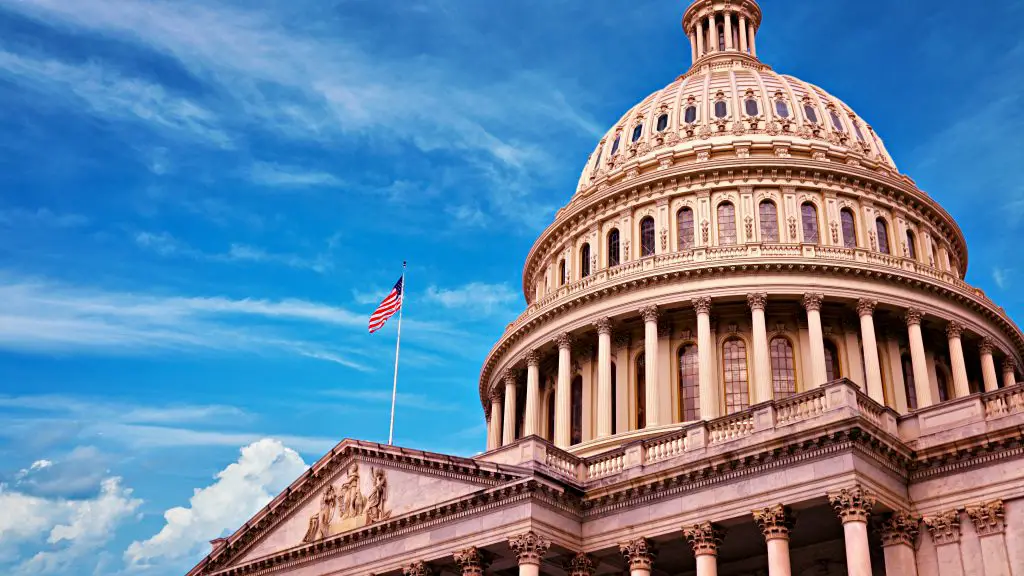
Life sciences
companies are increasingly committing themselves to Net Zero goals, laying out
plans for reaching zero emissions by 2050 or earlier. This is a vitally
important step for industry. But national, state and city governments also have
a critical role in reducing emissions created by various sectors under their
jurisdiction.
Governments
addressing climate action
Most of the world’s nations signed on to the Paris Agreement, an international climate treaty in which each country submits its plan on how to reduce emissions to reach shared climate goals. The UN also continues to provide guidance and goals to keep the international climate action movement in motion. On the more local level, many state governments and municipalities are taking it upon themselves to address emissions reduction, from creating new building standards to electrifying public transit systems.
In the United States, New York is one of the states with the most ambitious goals, having recently signed the Climate Leadership and Community Protection Act into law. This has led to the recent release of a framework for how the state plans to achieve net zero emissions. The plan suggests a number of mitigation strategies, such as transition to 100% zero emission vehicles, the implementation of a Clean Fuel Standard, and an array of market-based and financing policies.
Doing
nothing is expensive
The Climate
Action Council that was in charge of crafting New York’s climate plan came up
with an interesting finding about the cost of these changes – they concluded
that the “cost of inaction exceeds the cost of action by more than $90 billion”.
In their benefit-cost findings, the Council found that “aggregating the impacts of benefits and cost analyses, mitigation cases show positive net benefits ($90-$120 billion) when considering the value of avoided greenhouse gas emissions and health co-benefits, in addition to cost savings from reduced fuel use.”
Net benefits of
bold climate action noted in the report included:
- Improvements in air quality
- Increased active transportation
- Health benefits in low- and moderate-income homes generated by energy efficiency interventions
- Avoidance of costly damages caused by climate change
- Opportunity to create hundreds of thousands of jobs
Public-private
strategies for tackling Net Zero
For the life sciences industry in New York, there is a lot of opportunity to grow, and do so in a way that is greener and produces fewer emissions. As discussed in a previous post, Pharma’s path to Net Zero, pharmaceutical operations are responsible for a significant amount of greenhouse gas emissions, driving many industry players to make Net Zero pledges. One key way that pharmas and life science organizations can reduce their emissions impact is to think green when designing and building spaces for operations.
The billion-dollar initiative LifeSci NYC was founded to boost New York City as a global leader in life sciences, and one of the areas of focus is space. Hundreds of millions of dollars have been earmarked for lab and incubator space construction, with many new labs in the works and more to come. The development of these new facilities presents a perfect chance for life sciences organizations to “think green” and work in conjunction with local government goals related to emissions.
On
the road to emissions reduction
Those resisting
climate action often do so with the belief that it is too costly, but
increasingly it is becoming obvious that the opposite is true. Whether working
in government, academia or industry, we all must be asking ourselves: What
is the cost of inaction?
Elsevier is here to support organizations that are exploring ways to reduce emissions and achieve Net Zero. ScienceDirect offers a wealth of information if you are trying to learn about unfamiliar topics in areas like clean energy or green manufacturing, for instance. Knovel is an incredible resource, for example, for engineers who are considering sustainable materials, but need to know more about them and if they are suitable for a particular project.
We are also in
the midst of presenting an exciting new webinar series focused on Net Zero.
Click below to sign up for upcoming sessions in the series, or to watch ones
that have already happened:
May 12 – “Carbon Capture and Storage – Materials Selection Considerations”
Presentation by Gary Coates, Technical Manager for the Nickel Institute
June 28 – “Materials needs for clean energy production”
Presentation by Gary Coates, Technical Manager for the Nickel Institute
July 20 – “The Now Imperative: Achieving Performance Excellence in the Energy Industry”
Presentation by Michael Deighton, Vice President of Operations, at Kent